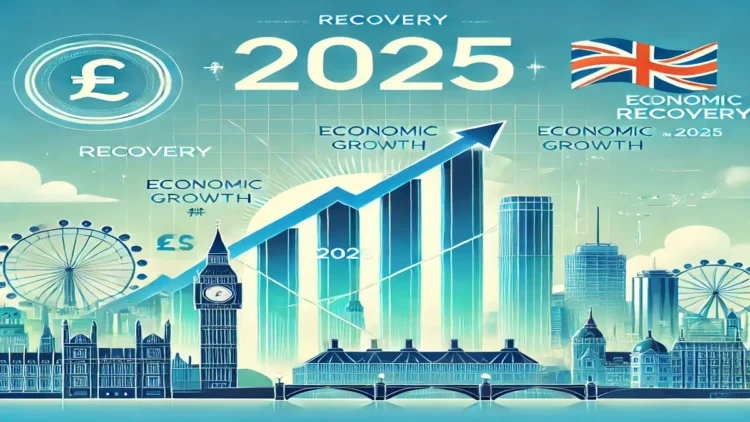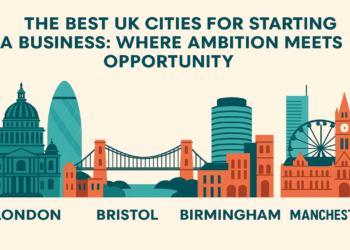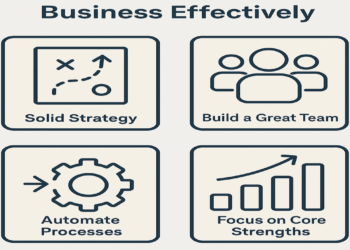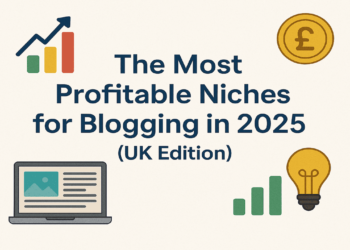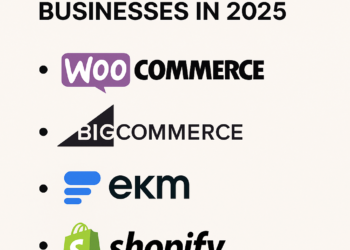A year ago, the UK economy was wading through uncertainty. Rising inflation. Supply chain disruptions. Plus, global tensions had businesses and households on edge. But fast forward to 2025, and there’s a different story unfolding. Green shoots of recovery are sprouting across industries. Wages are rising. UK strategic trade negotiations are taking place. And confidence is creeping back into markets.
So, what changed? How did the UK economy turn the tide?
From government interventions to business innovation, let’s break down the key drivers of this recovery and what they mean for everyday life.
1. Government Policies and Strategic Investments
The UK government took bold steps to stabilise the economy. Tax incentives for small businesses, increased infrastructure spending, and energy subsidies played a crucial role. The decision to ease borrowing conditions for startups and SMEs sparked fresh entrepreneurial activity.
Public transport upgrades, housing initiatives, and renewable energy projects also injected new jobs into the market.
Additionally, targeted measures to curb inflation, such as controlled energy price caps and incentives for domestic manufacturing, helped ease household financial burdens. By keeping essential costs in check, consumer spending regained momentum, further fueling growth.
2. Job Market and Wage Growth
After years of stagnation, the job market is looking up. Wages have started to climb, reflecting a shift in economic stability. Skilled workers, particularly in tech, renewable energy, and healthcare, are in high demand. The UK’s investment in AI-driven industries and automation has not only created new job opportunities but also upskilled the workforce to meet modern demands.
The hybrid work model continues to thrive, offering flexibility for employees and cost savings for businesses. As digital transformation accelerates, more remote and hybrid jobs are opening up, allowing people to access employment beyond traditional office hubs.
3. The Resurgence of Key Industries
Several industries are making a strong comeback. Manufacturing, which suffered during Brexit and the pandemic, is now witnessing a revival thanks to government-backed initiatives and automation advancements. The push towards sustainability has given a new lease of life to green technology firms, particularly in solar energy, electric vehicles, and battery storage.
The financial sector, despite initial volatility, is showing signs of strength as foreign investments pour in, particularly in fintech and AI-driven banking solutions. Tourism and hospitality, too, are bouncing back, fueled by relaxed travel restrictions and increased international interest in the UK’s rich cultural landscape.
4. Consumer Confidence and Spending Habits
When people feel secure about their finances, they spend more. In 2025, consumer confidence is on the rise. Lower inflation rates and job security mean households are no longer hesitating to make big purchases. Retail sales are up, and the housing market is showing renewed activity. The demand for electric cars and smart home technologies is soaring, further supporting economic growth.
E-commerce continues to dominate, with UK-based online retailers thriving. Meanwhile, the demand for local produce and sustainable goods is reshaping supply chains, benefiting homegrown businesses.
5. Trade and Global Partnerships
The UK’s trade relations have seen significant improvements. New trade agreements with key global players, including the US and parts of Asia, have opened up fresh export opportunities. British-made goods, particularly in the tech and pharmaceutical sectors, are in demand overseas.
Stronger ties with the EU, through revised agreements, have also smoothed over previous Brexit-related trade disruptions. As a result, businesses that once struggled with logistical challenges are now seeing more streamlined processes, reducing costs and delays.
Looking Ahead: A Sustainable Growth Path
So, that’s how the UK economy is recovering in 2025. And it is not just recovering. Rather It’s driving a transformation. A focus on sustainability, digitalisation, and skills development is paving the way for long-term stability. While challenges remain, the foundations laid this year are setting the stage for a more resilient and adaptable economy in the future.
The road to recovery wasn’t easy. But through strategic policies, industry resurgence, and a confident workforce, the UK has made nice progress. The question now is: How can we keep this momentum going?








